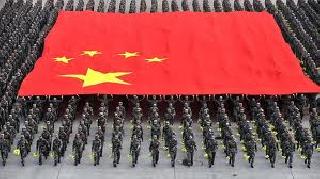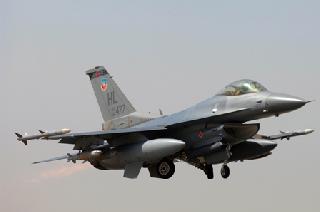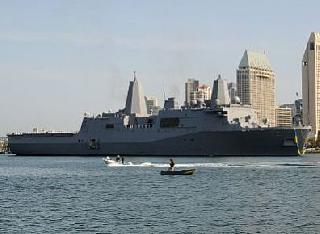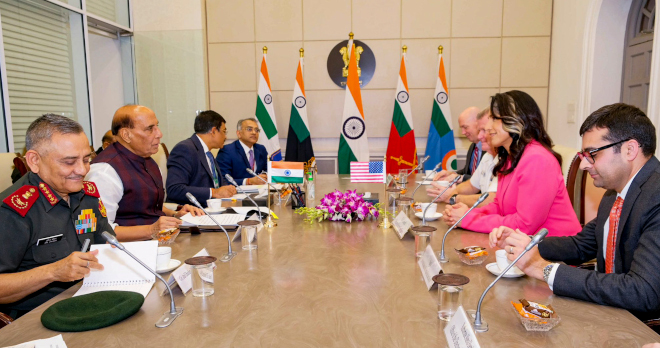
WASHINGTON (PTI): China is pursuing a massive military modernisation aimed at winning "local wars under conditions of informatisation," and is actively using Western dual use technologies to upgrade its defence capabilities, the US Defence Department has said.
The world's "most active and persistent" perpetrators of economic espionage, Chinese agencies also represent a "growing" threat to US economic security, the Pentagon said in a Congress mandated report.
China is "pursuing a long-term, comprehensive military modernisation programme designed to improve the capacity of China's armed forces to fight and win local wars under conditions of information, or high-intensity, information-centric regional military operations of short duration," the report said.
Noting that China continues to modernise its military by incorporating Western (mostly US) dual-use technologies, which have also assisted its overall indigenous industrial, military industrial, and high-technology sector development, the report said one of China's stated national security objectives is to leverage legally and illegally acquired dual-use and military-related technologies to its advantage.
"Chinese actors are the world's most active and persistent perpetrators of economic espionage. Chinese attempts to collect US technological and economic information will continue at a high level and will represent a growing and persistent threat to US economic security," the report said.
It pointed out that the nature of the cyber threat will evolve with continuing technological advances in the global information environment.
The Pentagon said that sensitive US economic information and technology are targeted by intelligence services, private sector companies, academic/research institutions, and citizens of dozens of countries.
China is likely to remain an aggressive and capable collector of sensitive US economic information and technologies, particularly in cyberspace, it said.
The Pentagon said China's leaders view modernisation of its army as an essential component of their strategy to take advantage of what they perceive to be a "window of strategic opportunity" to advance China's national development during the first two decades of the 21st century.
"During this period, China's leaders are placing a priority on fostering a positive external environment to provide the PRC (People's Republic of China) with the strategic space to focus on economic growth and development," it said.
At the same time, Chinese leaders seek to maintain peace and stability along their country's periphery, expand their diplomatic influence to facilitate access to markets, capital, and resources, and avoid direct confrontation with the United States and other countries.
This strategy has led to an expansion of China's presence in regions all over the world, creating new and expanding economic and diplomatic interests, the report said.
The Pentagon in its report told the Congress that with its growing power and international status, China periodically acts more assertively in pursuit of its strategic priorities, while also seeking to take advantage of a favourable external environment to pursue economic and military modernisation goals.
"Beijing is finding it increasingly difficult to balance these interests, particularly when the pursuit of one conflicts with the pursuit of another."
"For example, although defending territorial claims allows China to display firmness on sovereignty related issues, Beijing must balance such behaviour against the need to avoid a backlash among neighbouring countries that could undermine the stable external environment on which Beijing depends for domestic development," the report said.
Since the early 1980s, it said, China's leaders have sustained an ambitious and broad-based military modernisation programme intended to transform the People's Liberation Army (PLA) into a modern force.
The Department of Defence estimates China's total military-related spending for 2011 ranges between USD 120 billion and USD 180 billion.
"This increased military spending has fueled improved training and the acquisition of new equipment and capabilities across China's military forces," it said.
Running into more than 50 pages, the report includes information on China's aircraft carrier programme, anti-ship ballistic missiles, and aircraft development, as well as discussion of the Chinese pursuit of its "new historic missions" around China and far from its shores.
 Previous Article
Previous Article Next Article
Next Article











The Indian Air Force, in its flight trials evaluation report submitted before the Defence Ministry l..
view articleAn insight into the Medium Multi-Role Combat Aircraft competition...
view articleSky enthusiasts can now spot the International Space Station (ISS) commanded by Indian-American astr..
view article